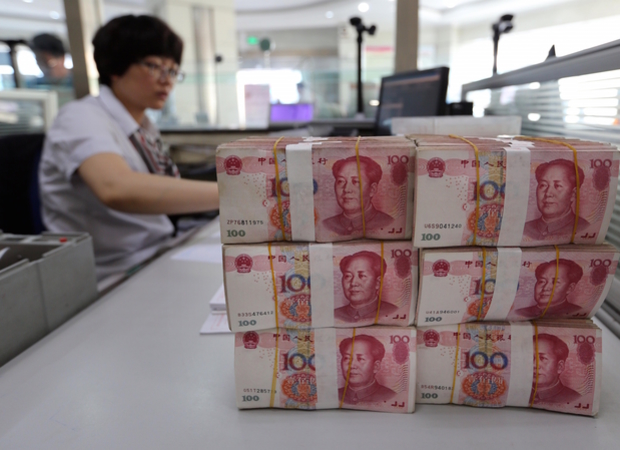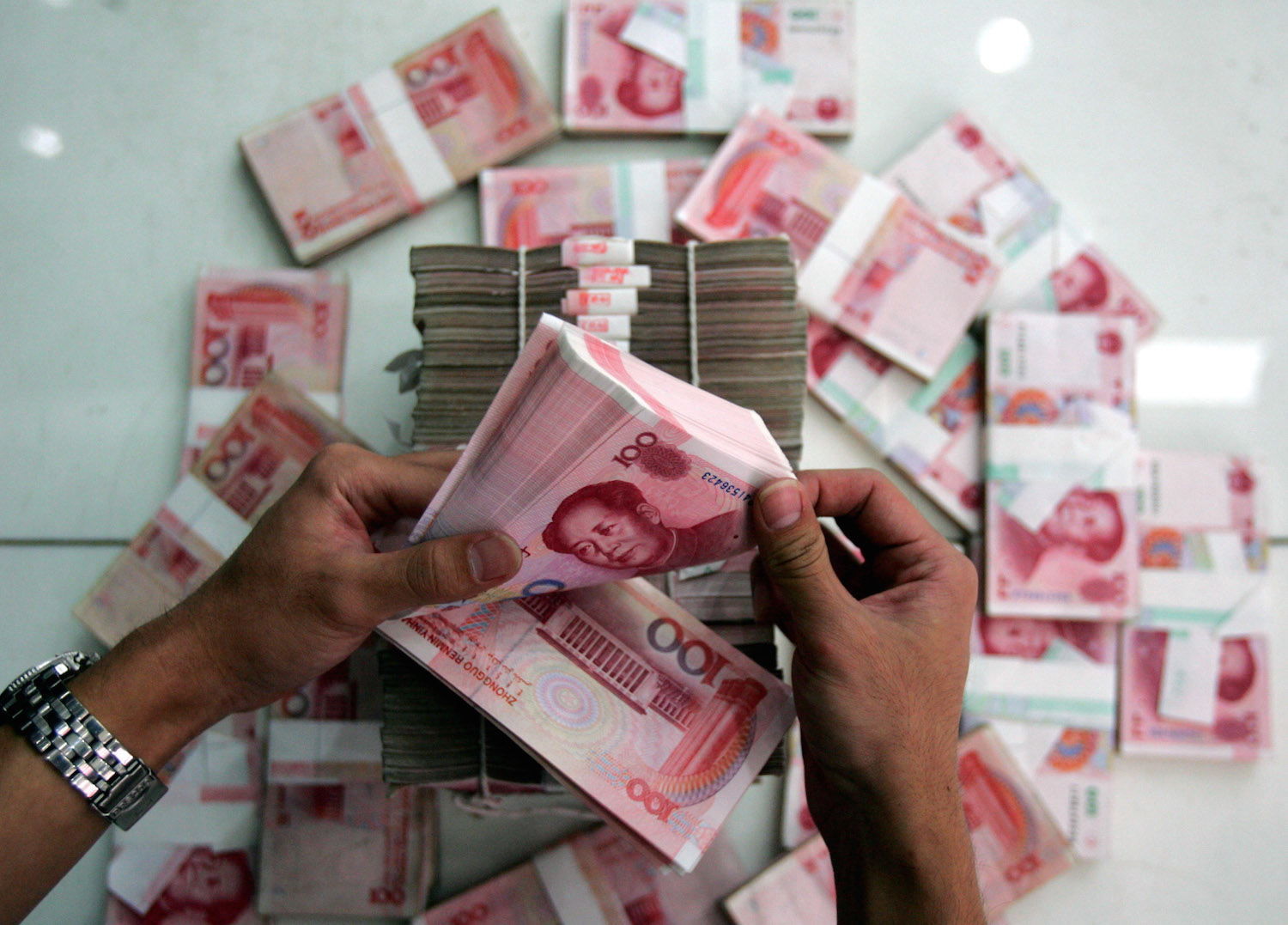The official acceptance of the yuan (or renminbi) into the International Monetary Fund’s elite currency club on October 1 marked a milestone in the Chinese government’s campaign to boost the yuan’s international appeal.
Inclusion of the yuan in the special drawing rights (SDR) basket—a reserve asset whose value was previously determined based on the U.S. dollar, euro, yen, and British pound—is a sign of the international community’s affirmation of financial reforms undertaken by China. But there is still much work to be done before the yuan can achieve its goal of becoming a widely traded international reserve currency.
Securing SDR status was a hard-won battle. The vote by the International Monetary Fund (IMF) board to make the yuan the third-biggest currency in the basket used to value the fund’s own de facto monetary unit followed years of lobbying by Beijing. The move is a crucial first step in China’s strategy to promote the yuan in global payments to enhance its influence as the world’s second-largest economy.
It will also pave the way for the yuan to be fully convertible and become part of an important instrument to tackle a global financial crisis.
The yuan’s status as one of the five official reserve currencies that are fully endorsed by the 189 members of the IMF is a milestone comparable to China’s accession to the World Trade Organization (WTO) in 2001, as it pushes the country to further open up its economy. But the key difference between the two is that China’s entry into the WTO was based on promises to liberalize and boost growth, whereas efforts to join the SDR required the country to first meet international standards. The momentum created during this process is irreversible and will drive future financial and economic reforms.
As part of the IMF’s elite currency group, China will have a greater impetus to promote reforms in global financial governance and the international monetary system. Some progress has been made on this front already. The wider use of the SDR was promoted at the recent G20 summit, and in August the World Bank took the initial step by issuing the first SDR-dominated bonds in China.
Conversation
12.03.15
Does the Renminbi’s Elevation to Global Currency Matter?
Being part of the SDR basket doesn’t mean that the yuan has already become a widely used international reserve currency. Statistics showed that despite quick growth, the share of yuan-denominated assets such as bonds or international banking liabilities, and the use of the yuan in cross-border payments and foreign-exchange market transactions, remained low.
There are good reasons to believe that the yuan will eventually become a major reserve currency, as long as China can sustain its growth momentum and push for further reform. But there will be lots of bumps along the road to achieving this goal. Since late last year, some indicators have shown that the yuan’s status in international trade payments is weakening. In September, the Chinese currency slipped one place from August to become the fifth-most-widely used currency for global payments. It was losing steam due to staggered reforms at home.
China’s efforts to trim overcapacity and excess leverage have progressed slowly, sucking out capital from the real economy and creating speculation-driven bubbles in financial markets. Mounting financial risks are hurting investor confidence, which, coupled with a tepid economic outlook, is driving away more capital and putting pressure on the yuan.
Against such a backdrop, some analysts have called for slowing down capital account liberalization and foreign exchange rate reforms, saying it is a more prudent way to coordinate changes in the financial sector and other aspects of the economy. However, the problem is not the pace of reforms in the financial sector, but the inability of other sectors to keep up with these reforms. Continued internationalization of the yuan is the only way to address this fundamental problem.
At a recent annual meeting of the IMF and World Bank in Washington, D.C., central bank Governor Zhou Xiaochuan said China is striving to find a balance between making the yuan more flexible and maintaining a stable exchange rate. Indeed, as the yuan experienced greater fluctuations after SDR inclusion, China’s monetary authorities will face challenges when fighting speculation of a sharp depreciation.
It’s worth noting that being part of the SDR basket is not a permanent status. The IMF reviews the health of currencies included in the basket every five years, and those that fail to meet the standards may be removed.
The popularity of a currency in global payments is ultimately decided by investor confidence. In order to push for greater internationalization of the yuan, China must make its monetary policies and exchange-rate mechanism more market-oriented and transparent, open up its financial sector, and provide more yuan-denominated assets to global investors. Fundamentally, the government should improve the national governance structure in the modern sense.
The performance of a currency reflects the strength of a country. It is natural for a major economic power’s currency to be widely used in international trade settlements. The yuan has secured its current place in the international monetary order thanks to China’s nearly 40-year reform push, but further achievements can only be cemented by deepening reforms. Therefore, SDR inclusion marks a starting point, and not an end, for the yuan’s challenging journey toward becoming an international currency.




